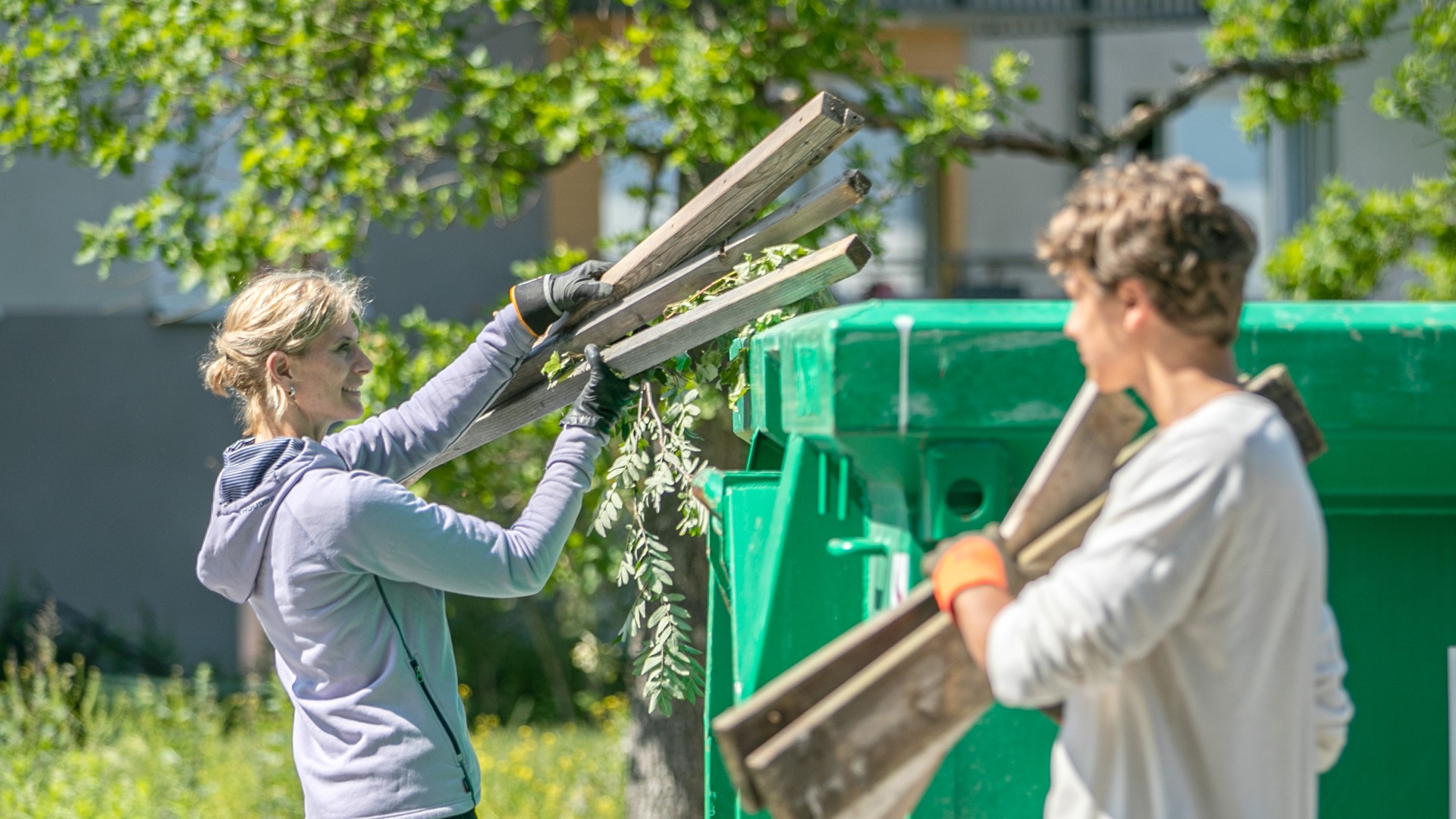
Conquering the Climate challenge
The UN climate panel, the IPCC, has so far presented five reports summarising the scientific status of the climate. Previously a lot of the focus was on emissions from the energy used in transport, heating and industry. Research is now increasingly showing that we also must do something about how we build and produce everything from houses and cars to clothes – because that is responsible for nearly half of our emissions.
19 Mar 2021The solution is a recycling society, in which we use the materials and raw materials that we have already produced several times instead of always producing new materials in a way that impacts on the climate. A report from the UN body, the International Resources Panel, showed last year that the greatest impact on the climate is from when materials are first produced.
That’s why we at the environmental services company, Ragn-Sells, are changing our old family company, with its roots in the nineteenth century, from being the end of the road for waste that is to be disposed of, to a raw materials supplier within a recycling society.
At Ragn-Sells we have already made some progress by coming up with new solutions for turning waste into resources. Take nitrogen, phosphorous and potassium – three nutrients that are essential in agriculture. We can extract nitrogen from leachate to produce nitrogen fertiliser.
Nitrogen fertiliser is currently produced using a technique that won the 1918 Nobel Prize, long before the environment became humankind’s biggest problem, and it is a technique that creates enormous amounts of emissions. We can extract high-quality phosphorous from waste sludge, instead of mining it in a process that also sees toxins such as cadmium finding their way onto our plates. We can extract potassium from fly ash, which is a waste product left over from waste incineration.
Currently, 18 heavy truck-and-trailer units drive between Sweden and Norway every day, carrying fly ash that is dumped in an old lime-stone quarry on an island in the Oslo fjord. It is hard to imagine a less circular way of dealing with both valuable raw materials and harmful substances. We can’t replace nitrogen, phosphorous and potassium; the only way to secure their supply is to create cycles and to repeatedly re-use our nutrients.
Sweden has decided to take the lead and to stimulate the development of technologies that make it possible to turn today’s waste into usable resources. This reduces the need for raw materials and so allows us to significantly reduce out emissions resulting from our consumption. At the same time this will create new jobs and good export opportunities for both technology and recovered raw materials.
However, to do this we need to overcome a whole lot of obstacles. Items that come to us for recycling are often made in a way that makes it difficult to recover all the materials, or they contain harmful substances that must be taken out of the loop.
This is where thoughtful design is needed, where a product’s life after use is included from the very beginning of the design process. Above all, we need new regulations that make it economically smart to concentrate on recovered materials instead of always producing new ones.